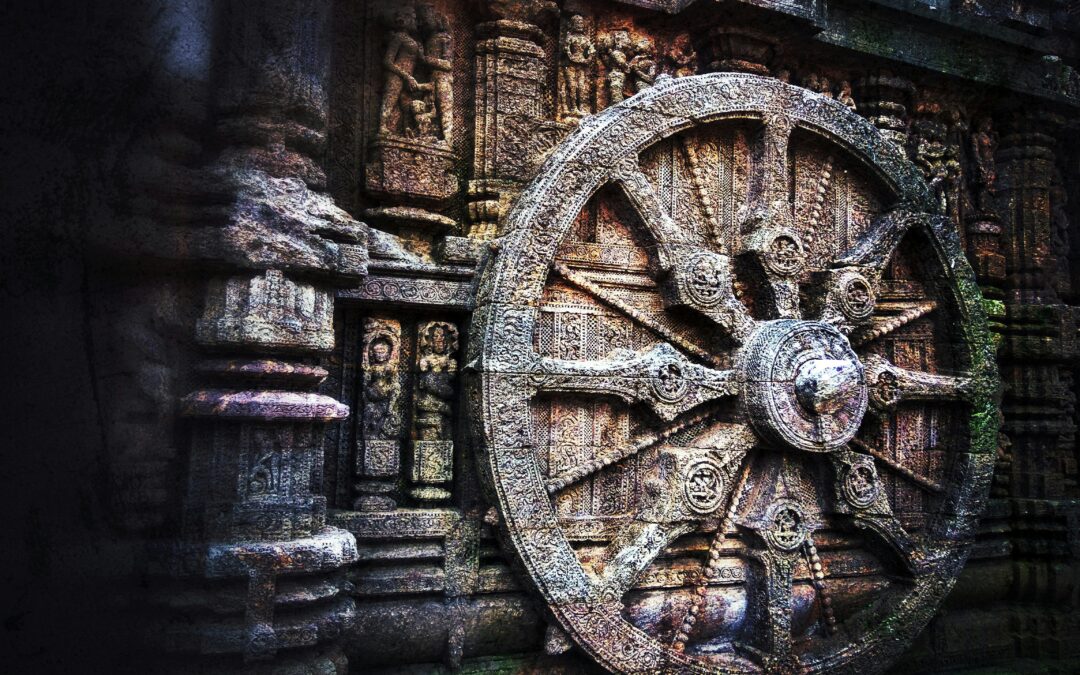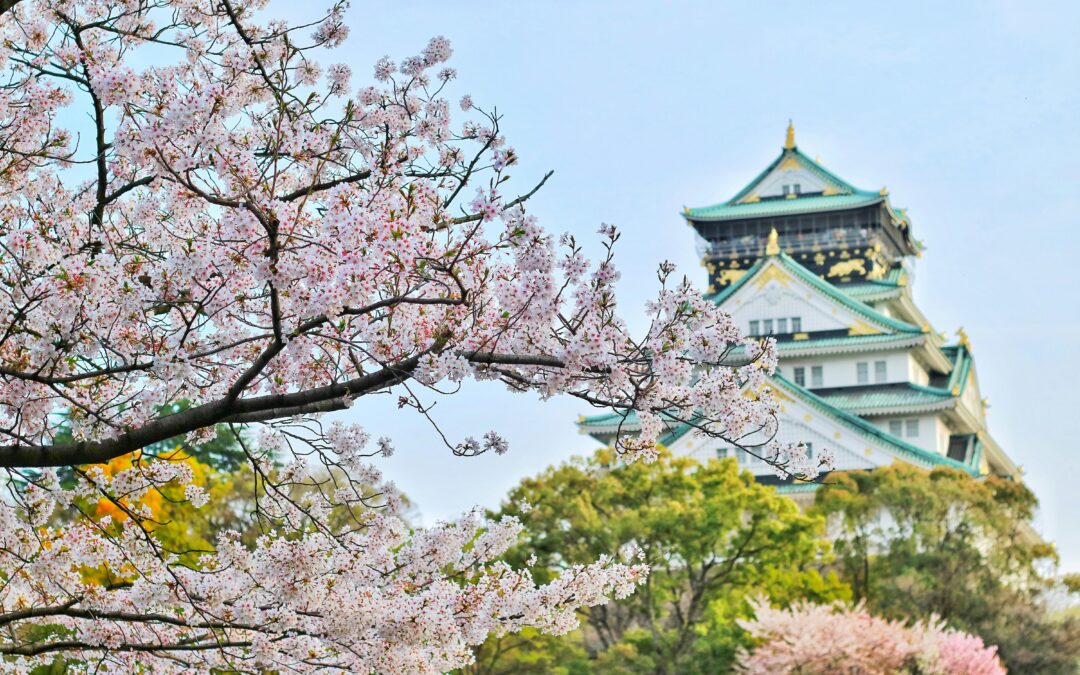The term “largest waterfall in the world” can refer to different waterfalls depending on the criteria used to define “largest.” Here are the names of the waterfalls that hold the title under various categories:-
Table of Contents
Largest Waterfall in the World:-

Tallest Waterfall (by Height):
Angel Falls in Venezuela is the tallest waterfall in the world. It has an uninterrupted drop of 807 meters (2,648 feet) and a total height of 979 meters (3,212 feet). It plunges from the Auyán-Tepuí mountain in the Canaima National Park.
Widest Waterfall:
Khone Phapheng Falls in Laos holds the title of the world’s widest waterfall.It stretches nearly 10,783 meters (35,376 feet) across the Mekong River. This immense width includes numerous channels, islands, and rapids, making it a complex and sprawling water feature.
Largest Waterfall by Volume of Water Flow:
Inga Falls on the Congo River in the Democratic Republic of Congo holds the record for the highest average volume of water flow. The falls have an average flow rate of around 25,060 cubic meters per second (883,000 cubic feet per second), making it the largest by this measure.
Largest Overall (Combined Width, Height, and Flow):
- Victoria Falls, located on the border between Zambia and Zimbabwe, is often considered the largest overall waterfall. It measures about 1,708 meters (5,604 feet) in width and 108 meters (354 feet) in height. The Zambezi River’s flow rate can reach up to 12,800 cubic meters per second (450,000 cubic feet per second) during peak flood season, creating a spectacular and powerful display.
Each of these waterfalls is significant in its own right, depending on the criteria used to define “largest.” Therefore, “largest waterfall in the world” can mean different things based on whether we focus on height, width, or volume of water.
Now , we will have a brief discussion about all these waterfall:-
a)Angel Falls

Angel Falls, known as Salto Ángel in Spanish, is the tallest waterfall in the world. It is located in the Canaima National Park in the Gran Sabana region of Bolívar State, Venezuela. Here are some key details about Angel Falls:
Key Features:
- Height: Angel Falls has an uninterrupted drop of 807 meters (2,648 feet) and a total height of 979 meters (3,212 feet) when including the cascades and rapids below the main drop.
- Location: The waterfall plunges from the Auyán-Tepuí mountain, one of the largest tepuis (tabletop mountains) in the Guiana Highlands. The remote and rugged location contributes to its breathtaking and pristine environment.
- Water Source: The falls are fed by the Churún River, a tributary of the Carrao River, which ultimately flows into the Orinoco River, one of South America’s largest river systems.
History and Discovery:
- Name: The waterfall is named after Jimmie Angel, an American aviator who is credited with bringing the falls to the world’s attention in 1933. He was searching for a valuable ore bed when he spotted the falls from his plane.
- First Landing: Jimmie Angel attempted to land his plane atop Auyán-Tepuí in 1937, but it became stuck. He and his companions had to descend the mountain on foot, which took 11 days. The plane remained on the mountain until it was eventually recovered and is now on display at the airport in Ciudad Bolívar.
Tourism and Accessibility:
- Accessibility: Due to its remote location, Angel Falls is not easily accessible. Visitors typically reach it by taking a flight from Caracas or Ciudad Bolívar to Canaima camp and then embarking on a river trip and a hike through the jungle.
- Scenic Beauty: The journey to Angel Falls offers spectacular views of the Venezuelan landscape, including dense rainforest, other waterfalls, and unique tepui formations.
Environmental Significance:
- Canaima National Park: The falls are located within this UNESCO World Heritage Site, which is known for its unique geology, biodiversity, and indigenous cultures. The park covers an area of 30,000 square kilometers (about 12,000 square miles).
- Biodiversity: The area around Angel Falls is home to a variety of flora and fauna, some of which are endemic to the region due to the isolated tepui environments.
Angel Falls remains one of the most iconic natural landmarks in the world, attracting adventurers, nature lovers, and photographers seeking to witness its majestic beauty.
b) Khone Phapheng Falls

Khone Phapheng Falls is situated in the Champasak Province in southern Laos, near the border with Cambodia. The falls are part of the Mekong River, one of the major rivers in Asia.
Key Features:
- Width: The falls span nearly 10,783 meters (35,376 feet) across the Mekong River, making them the widest waterfall in the world. The vast width includes multiple channels, cascades, and rapids, creating a sprawling and complex network of water flows.
- Height: The falls have a relatively modest height, with the largest single drop being about 21 meters (69 feet). However, the overall elevation change through the series of cascades and rapids is significant.
- Flow Rate: During the wet season, the flow rate can reach up to 49,000 cubic meters per second (1,730,000 cubic feet per second), making it one of the most voluminous waterfalls in the world. The Mekong River’s immense flow is concentrated and turbulent through the falls.
Environmental and Ecological Significance:
- Biodiversity: The area around Khone Phapheng Falls is rich in biodiversity. It provides a habitat for various fish species, some of which are endemic to the Mekong River. The falls are also an important breeding ground for migratory fish.
- Natural Barrier: The falls serve as a natural barrier to navigation along the Mekong River. This has significant ecological implications, as it prevents certain species from migrating further upstream, contributing to the unique ecosystem below the falls.
Tourism and Cultural Importance:
- Tourist Attraction: Khone Phapheng Falls is a popular tourist destination in Laos. Visitors come to witness the power and beauty of the falls, enjoy the natural scenery, and experience boat trips along the Mekong River.
- Local Economy: Tourism related to the falls provides economic benefits to the local communities, through activities like guided tours, local markets, and hospitality services.
Accessibility:
- Transport: The falls are accessible via road from Pakse, the capital of Champasak Province. Pakse has an airport with connections to other major cities in Laos and neighboring countries.
- Viewing Points: There are designated viewing platforms and walkways that offer panoramic views of the falls. These facilities make it easier for tourists to explore and appreciate the vastness and power of Khone Phapheng Falls.
Hydropower Potential and Challenges:
- Hydropower: The immense flow and energy of the falls have made them a site of interest for hydropower development. However, potential projects are controversial due to environmental concerns and the impact on local communities and biodiversity.
- Conservation: Efforts are being made to balance development and conservation, ensuring that the ecological integrity and natural beauty of the falls are preserved.
c) Inga Falls

Inga Falls is one of the largest waterfalls in the world by volume of water flow. Here’s a detailed explanation:
Location:
Inga Falls is situated on the Congo River in the western part of the Democratic Republic of Congo (DRC). The falls are located near the town of Inga, approximately 150 kilometers southwest of the capital city, Kinshasa.
Key Features:
- Volume of Water Flow: Inga Falls is renowned for its massive volume of water flow. The Congo River, one of the longest and deepest rivers in the world, funnels through a narrow gorge, resulting in an immense discharge of water.
- Flow Rate: The average flow rate at Inga Falls is approximately 25,060 cubic meters per second (883,000 cubic feet per second). During periods of high flow, such as the rainy season, the volume can increase significantly, making it one of the most voluminous waterfalls globally.
Hydroelectric Potential:
- Hydropower Development: Inga Falls has immense hydropower potential due to its high flow rate and energy output. The Congolese government has long considered harnessing this energy for electricity generation to meet the country’s growing energy needs and promote industrial development.
- Inga Dam Projects: Several hydropower projects have been proposed and developed at Inga Falls, including the existing Inga I and Inga II dams. These projects aim to exploit the river’s hydropower potential and generate clean energy for domestic and regional consumption.
Challenges and Controversies:
- Environmental Impact: Large-scale dam projects at Inga Falls have raised concerns about their environmental impact, including habitat destruction, alteration of river ecosystems, and displacement of local communities.
- Social Impacts: The construction of hydropower infrastructure at Inga Falls has socio-economic implications for nearby communities, including changes in land use, livelihood disruptions, and potential conflicts over resource allocation and benefits sharing.
Regional Integration:
- Power Generation: Inga Falls has the potential to become a significant source of electricity for the entire African continent. Plans for expanding hydropower capacity at Inga Falls include the development of Inga III and Grand Inga projects, which could produce electricity for domestic use in the DRC and export surplus power to neighboring countries.
- Energy Trade: The Grand Inga project, if realized, could facilitate cross-border energy trade and regional integration, enabling countries in Southern Africa to access reliable and renewable electricity supplies.
Is Niagara Falls the largest in the world?
Were you aware that Niagara Falls isn’t the world’s tallest waterfall? In fact, around 500 waterfalls surpass Niagara in height. For instance, Venezuela’s Angel Falls towers at 979 meters (3,212 feet). The true marvel of Niagara Falls lies in its immense volume of water cascading over the edge.
Which is the fastest waterfall?
In terms of flow rate, Inga Falls on the Congo River is estimated to have the highest flow at 25,768 cubic meters per second. Close behind, Livingstone Falls, also on the Congo River, has a flow rate of 25,060 cubic meters per second. Boyoma Falls, situated on the Lualaba River in the Congo, follows with a flow rate of 16,990 cubic meters per second. Lastly, Khone Phapheng Falls on the Mekong River has a flow rate of 11,610 cubic meters per second.








0 Comments